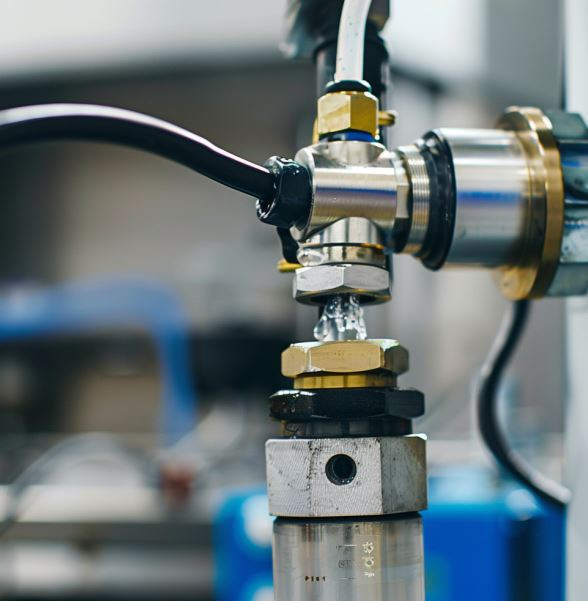If you work in industries like oil and gas, water treatment or food processing, chances are you've encountered progressive cavity pumps (PCPs). But for those less familiar with fluid transfer equipment, these unique positive displacement pumps can seem complex. This guide aims to explain PCP technology in straightforward terms and why they are the solution of choice for many applications.
How Do Progressive Cavity Pumps Work?
At the core of a PCP is the progressing cavity created by its two main components - a single rotor manufacturing that rotates within a rubber stator. The rotor is usually made from steel or alloy with a special helical shape. Meanwhile, the stator features matching contours but is fixed in place.
When the rotor turns via an attached drive shaft, it meshes with the stator in a progressive motion to create a sealed cavity. As the rotor revolves, this cavity progresses from the pump's inlet to outlet, transporting fluid along with it. The smooth, continuous movement ensures solids don't settle or aggregate within the pump. Impeller or roller-style pumps can't match this gentle, non-pulsating flow.

Comparing Designs and Materials
PCPs come in a variety of designs suited for different applications. While the single-screw variety dominates, double-screw pumps exist too. Design codes also vary - the conventional 1:1 ratio delivers one pump cavity per rotor revolution, whereas 2:1 forms two.
As for materials, rotors are commonly made from steel alloys like stainless for corrosion resistance. The stator meanwhile requires durable, flexible rubber - NBR, FKM and HNBR are typical. Elastomers must withstand both mechanical stress and chemical compatibility with the fluid.
Understanding Typical Specifications
| Parameter | Typical Range |
|---|---|
| Flow Rate | 0.1 m3/hr - 1000 m3/hr |
| Pressure | 1 bar - 150 bar |
| Viscosity | 1-10000 cP |
| Temperature | -50°C to 250°C |
| Solids Size | Up to 60 mm |
Proper specification ensures PCPs meet unique process variables like flow, pressure, temperature and particle size requirements.
Advantages for Difficult Applications
The gently progressive pumping motion gives PCPs several inherent advantages over alternatives. They can transfer fluids containing up to 60% solids by volume without clogging. This makes them well-suited for applications involving slurries, sludges or crude materials.
PCPs are self-priming and can generate vacuum, so dewatering and emptying processes present no challenges. They also tolerate dry running without damage and accommodate viscous or shear-sensitive products better than centrifugal or positive displacement rotary pumps.
Selecting the Ideal Pump Manufacturer
When choosing a PCP supplier, prioritize companies with experience producing high-quality rotors and stators. Inquire about their rotor manufacturing and whether facilities are certificated to rigorous global standards.
It's also important the manufacturer offers application engineering support. Ask what modeling, testing and validation processes they use to ensure recommended pump specifications truly solve process needs. This reduces risk of product or performance issues down the line.
With the unique design advantages progressive cavity pumps provide, they offer users highly effective slurry, mix or high-viscosity fluid transfer capabilities across many industries. Selecting a proven pump OEM as a long-term partner delivers optimized solutions and reliable, efficient operations.








